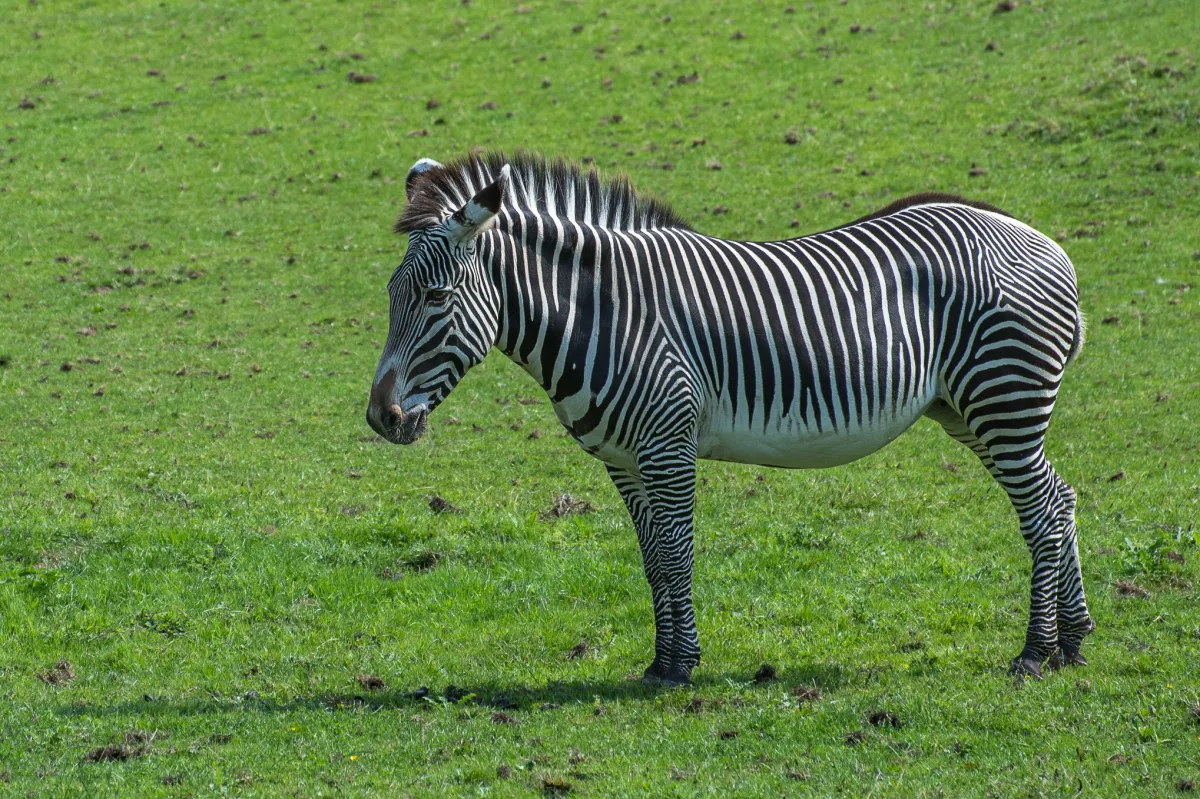Grévy’s zebra, Equus grevyi, is the largest living wild equine and the most threatened of the three species of zebra, the other two being the plains zebra and the mountain zebra.

It is found in parts of Kenya and Ethiopia and, with numbers having dwindled from around 15,000 in the 1970’s to about 2,000 individuals in 2020, it is listed as ‘endangered’ by the IUCN.
Description
The Grévy’s zebra is the largest of all wild equines and can measure 2.5–2.75 m (8.2–9.0 ft) in head-body length with a 55–75 cm (22–30 in) tail. Height-wise it can be 1.45–1.6 m (4.8–5.2 ft) high at the withers. Grévy’s zebra differs from the other two zebra species in that it is more mule-like in appearance. It has a large head, long and narrow, with elongated nostril openings, very large ears which are rounded and conical, and the neck is short and thick.

The zebra’s muzzle is ash-grey to black in colour and it has whiskers. The mane is tall and erect. Juveniles have a mane that extends the length of the back and then shortens as they reach adulthood.
The Name?
It was named after François Judith Paul Grévy (15th August 1807 – 9th September 1891), known as Jules Grévy, who was a French lawyer and politician who served as President of France from 1879 to 1887.
